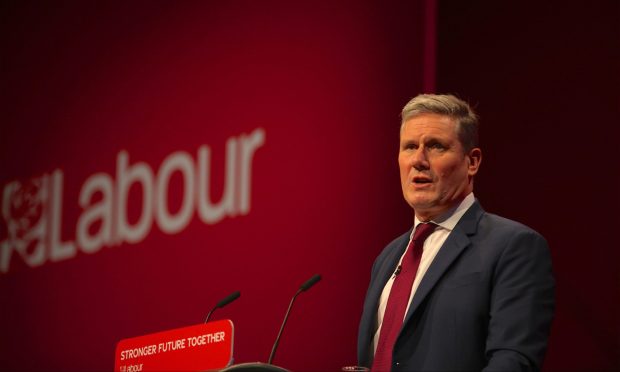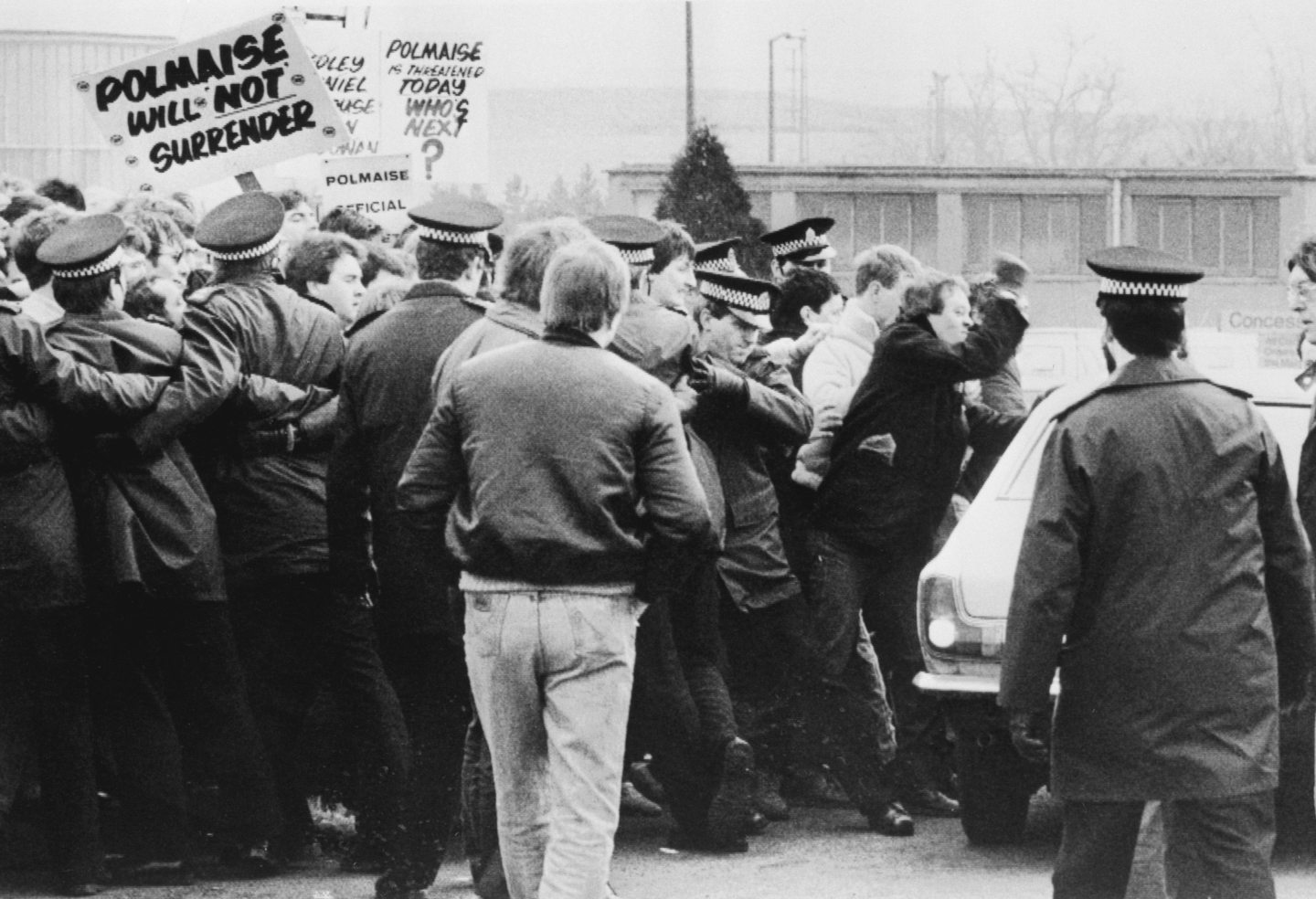2024 has been presaged as the final year for major spending in the North Sea oil and gas industry, as Labour windfall tax plans will see a “best-case scenario” of 20,000 jobs lost.
Under a “worst-case scenario” investment bank Stifel said 100,000 jobs could be lost – but highlighted that would need Labour to commit to no new drilling of any kind, which it has not yet done.
It estimates a cumulative loss of £40bn of investment by the mid-2030s under the plans, which would hike and extend the duration of the levy while turning off investment allowances if Labour wins power at the general election.
Business leaders have condemned it as a “betrayal” just three months after Keir Starmer visited Aberdeen promising there would be no “cliff-edge” to the oil and gas industry.
Aberdeen and Grampian Chamber of Commerce (AGCC) policy director Ryan Crighton said: “To put the devastating job toll in context, it was the axing of 20,000 jobs which sparked the miners’ strikes in 1984-85. This one policy will potentially wipe out five times as many.”
Chris Wheaton, Stifel managing director for oil and gas, said: “If we try and focus on the investment we can see, everything I’m hearing is that 2024 is going to be the last year of major spending in the UK North Sea because of concerns over where the tax structure might be 2025-onwards and you can see that from a number of things companies have said like Harbour Energy, Apache and TotalEnergies.”
Consequences for jobs, investment, tax, energy security and the planet
Mr Wheaton warned that the industry is not an “infinite source of revenue” for the exchequer, and there will be consequences on investment, jobs, and energy security if the Labour windfall tax plans come into action.
Ultimately, Stifel estimates that the Treasury would be £20bn worse-off over the existing life of North Sea fields, and the UK would be importing 80% of its gas supply as early as 2030.
Importing that gas – most likely US LNG – would consequently mean an additional 35 million tonnes of CO2 would be emitted by 2035.
Huge uncertainty looms over the extent of the investment and jobs cut, and the outcome will depend on the extent to which companies have desire to invest in the UK.
Mr Wheaton said: “The best case would be driven by no step-change in tax, managed decline of the existing energy mix i.e., the UK’s oil and gas, and also continued incentives to invest in wind, electrification and maybe hydrogen and CCS.
“The worst case would be aggressively going after the offshore industry for additional tax revenues because you think it’s an infinite source of revenue with no downsides at all, and that’s not the case because there are going to be downsides into investment, jobs and energy security.
“The worst case actually would be no new drilling at all. Not just exploration, but any kind of new developments – you can drill out existing licences but then that’s it – that kind of regulatory intervention would be the worst possible case scenario.”
Not quite on par with Norway
Labour said hiking the rate to 78% would align with Norway – but firms would actually be worse off than the UK’s North Sea neighbours.
Average costs – capex and opex – in the UK is £23 ($30) per barrel, double that of Norway at £12 ($15), according to Stifel.
“Your return on investments is a lot lower than Norway, and that’s what makes the UK suddenly uncompetitive against other parts of the world,” said Mr Wheaton.
“That then drives the question of jobs, because if you aren’t competitive, you won’t get investment and that means jobs will fall.”
Labour has been contacted for comment.
Scenarios
Trade body Offshore Energies UK (OEUK) said last week that 42,000 jobs are expected to be lost due to the policy package from Labour, with investment being “wiped out” through the loss of £26bn of economic value.
The differing scenarios are partly down to a lack of detail from Labour – the difference between ending exploration drilling and ending infill drilling, for example – on the plans ahead.
Last year the Robert Gordon University said an accelerated production decline would see 60,000 jobs lost by 2030.
Labour windfall tax betrayal
Mr Crighton of the AGCC said: “If you wind down the North Sea too quickly, before jobs and opportunities are available at scale in the renewables sector, then you lose the world class workforce and supply chain.
“That will make what is already an enormous challenge even harder, perhaps impossible. We cannot allow that to happen.”
He added: “If Labour wants to win power, the party needs to prove to industry – and the public – that it can be trusted with our energy transition. The early signs are not good, and if we get this wrong the economic and social damage will be enormous.”




